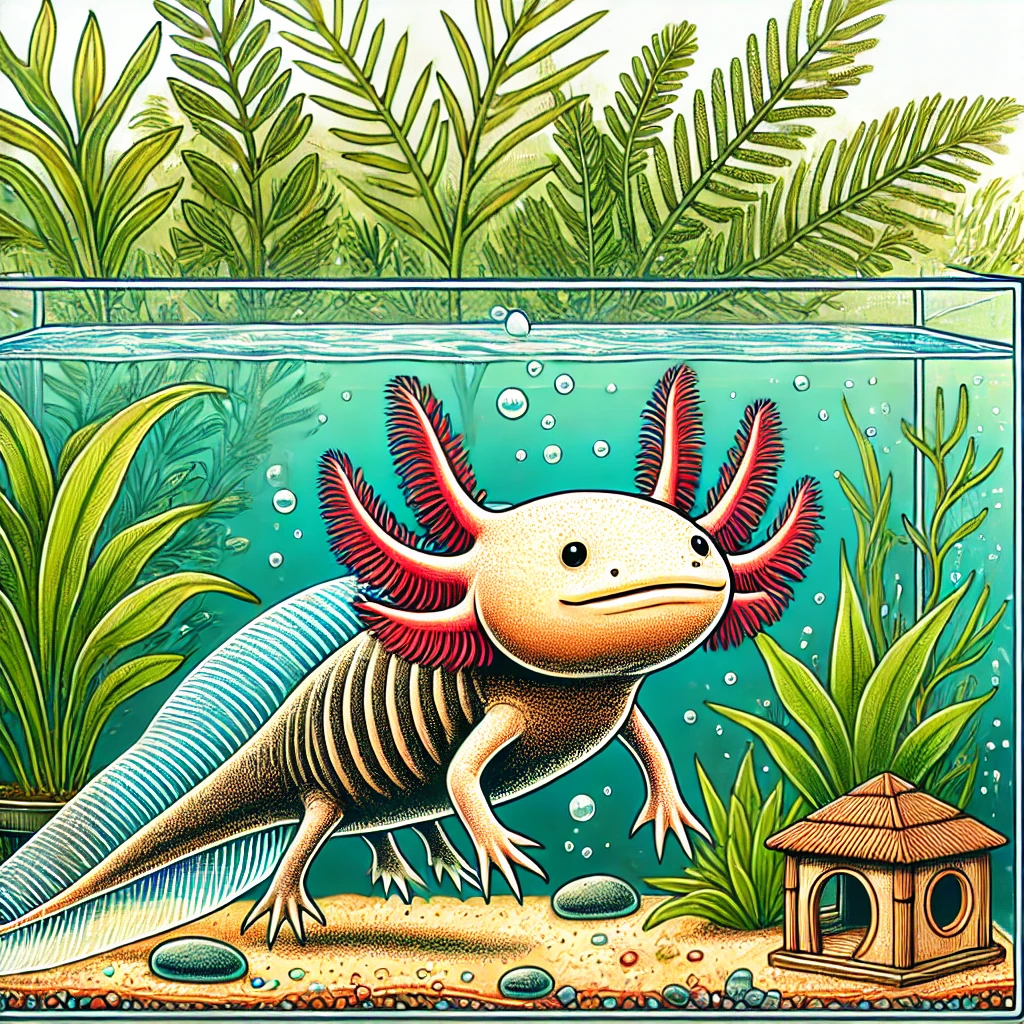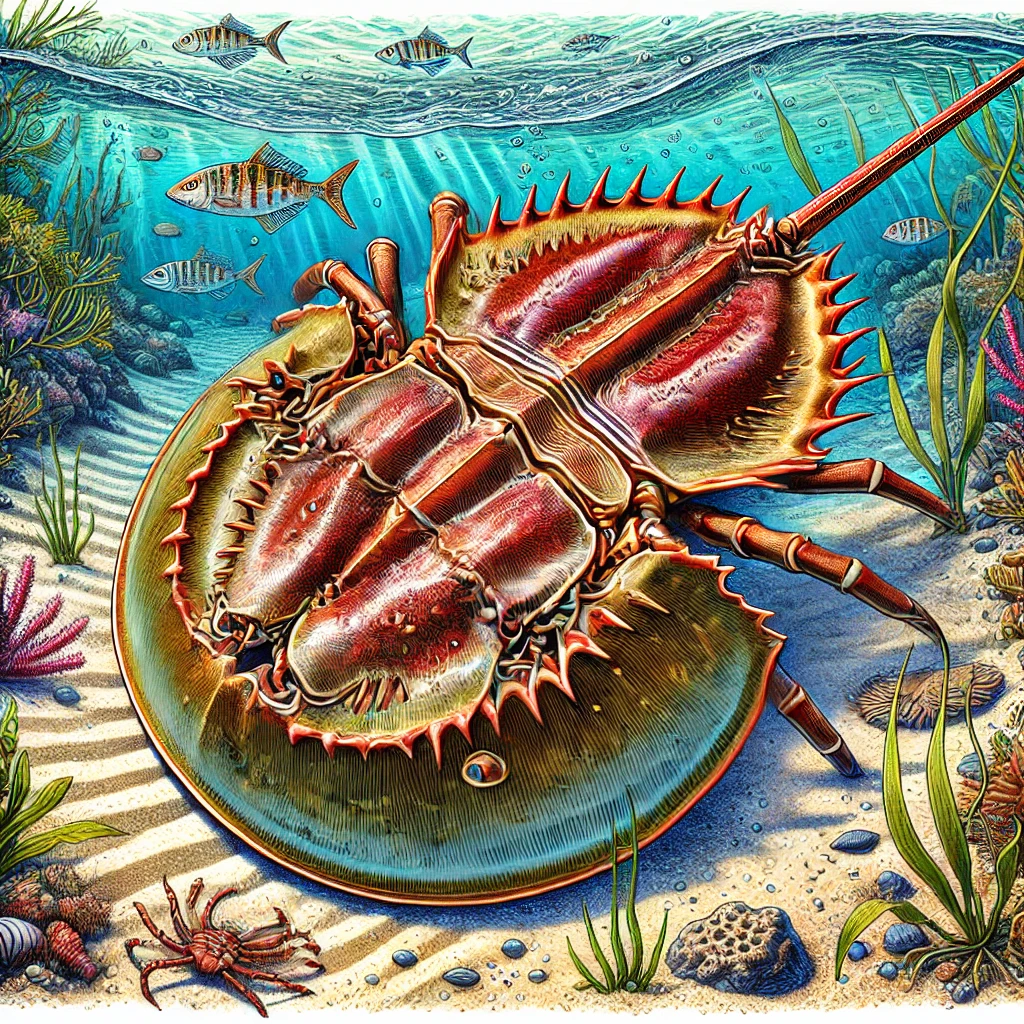Today, I am excited to delve into the enchanting world of axolotls. These unique creatures, often mistaken for reptiles due to their aquatic nature, are actually amphibians. Known for their adorable appearance, playful demeanor, and excellent swimming abilities, axolotls have captured the hearts of many. Let’s explore more about these captivating animals.
What Are Axolotls?
Axolotls, scientifically known as Ambystoma mexicanum, are a type of salamander. Unlike most salamanders, axolotls retain their larval features throughout their lives, a condition known as neoteny. This means they keep their gills and remain aquatic, never undergoing metamorphosis into a land-dwelling form. Native to lakes underlying Mexico City, axolotls are critically endangered in the wild, with estimates suggesting that only 700 to 1,200 individuals remain in their natural habitat.
Appearance and Characteristics
Axolotls are instantly recognizable by their unique features. They have wide heads, lidless eyes, and fringed gills that protrude from either side of their heads, giving them a charming, otherworldly appearance. Their coloration can vary widely, from shades of brown and black to leucistic (white with pink gills) and albino. They are also known for their regenerative abilities, being able to regrow entire limbs, spinal cord segments, and even parts of their hearts and brains.
Pet Ownership: Bringing an Axolotl Home
Many people are fascinated by the idea of having an axolotl as a pet, and for good reason. Axolotls are not only unique but also relatively easy to care for with the right setup. If you’re considering bringing one of these charming creatures into your home, here’s what you need to know.
- Cost:
- Standard Axolotls: The cost of a standard axolotl ranges from $30 to $75.
- Exotic Varieties: If you’re looking for something more exotic, such as a piebald axolotl, you can expect to pay around $100.
- Housing:
- Aquarium: The first thing you’ll need is a suitable aquarium. Axolotls require a tank that can hold at least 10-20 gallons of water, with ample space to swim and explore.
- Shelter: Axolotls appreciate having a little “house” to hide in. Small, ball-like structures known as “kutcha houses” are perfect for this. It’s recommended to have at least two in the tank to give your axolotl a choice of hiding spots.
- Water Quality: Maintaining clean water is crucial. You’ll need to clean the aquarium weekly to ensure a healthy environment. Use a water filter to help keep the water clean, but be sure to choose one that doesn’t create a strong current, as axolotls prefer still water.
- Diet:
- Axolotls are carnivorous and primarily eat worms. Bloodworms are a popular choice, but they can also eat small pieces of fish and specialized axolotl pellets. It’s important to provide a varied diet to ensure they receive all necessary nutrients.
Conservation and Threats
In the wild, axolotls are facing severe threats due to habitat destruction, pollution, and invasive species. Urbanization around Mexico City has led to the degradation of their natural habitat, and the introduction of non-native fish species has resulted in increased competition for food and predation on axolotl larvae. Conservation efforts are underway to protect and restore their natural habitats, but the situation remains dire. Breeding programs in captivity also aim to ensure that these unique creatures do not disappear entirely.
Fun Facts About Axolotls
- Regeneration: Axolotls have incredible regenerative abilities. They can regrow limbs, the spinal cord, heart tissue, and even parts of their brains. This makes them a subject of intense scientific research, as understanding their regenerative processes could have implications for human medicine.
- Neoteny: Axolotls are one of the few amphibians that exhibit neoteny, meaning they retain their juvenile features throughout their lives. This trait allows them to remain aquatic and keep their gills, making them unique among salamanders.
- Endangered Species: Axolotls are critically endangered in the wild. Conservation efforts are crucial to ensure their survival, both through habitat restoration and captive breeding programs.
- Popular Pets: Despite their endangered status in the wild, axolotls are popular pets around the world. Their unique appearance and relatively easy care requirements make them a favorite among exotic pet enthusiasts.
Conclusion
Axolotls are truly fascinating creatures, offering a glimpse into the wonders of nature’s adaptability and resilience. Whether admired for their regenerative abilities, their unique lifecycle, or their endearing appearance, axolotls continue to captivate the hearts and minds of people around the world. If you’re considering adding an axolotl to your family, be prepared to provide a proper habitat and diet, and enjoy the company of one of nature’s most extraordinary animals.
Bringing an axolotl into your home is not just about having a pet; it’s about participating in the conservation of a unique and endangered species. By caring for an axolotl, you’re helping to ensure that these remarkable creatures continue to thrive, even as their natural habitats face increasing threats.
So, if you’re ready for a pet that’s as fascinating as it is adorable, consider the axolotl. Their presence will surely bring a touch of the extraordinary to your everyday life.



